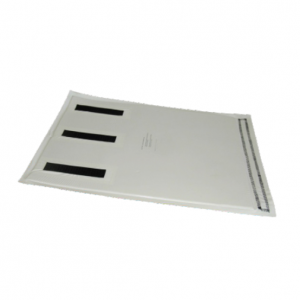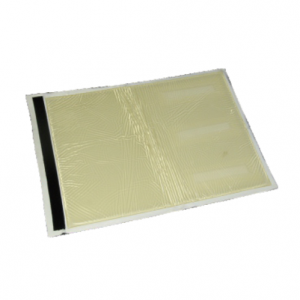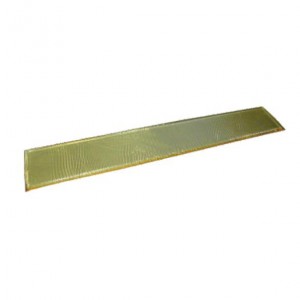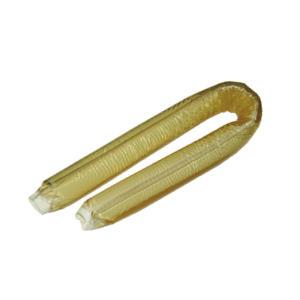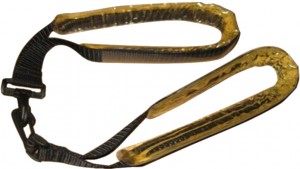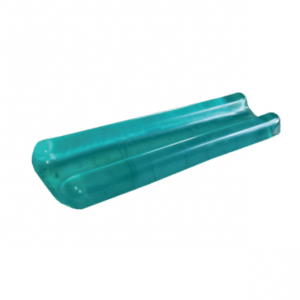
Forearm protector with strap ORP-FP
Forearm Protector with strap
Model: ORP-FP-00
Function
1. Ulnar brachial nerve protector
2. It provides shear protection for ulnar nerve and full forearm. Hook and loop strap provides stability and protection. It is used in supine and lateral position.
Dimension
47 x 34 x 0.7cm
Weight
1.06kg
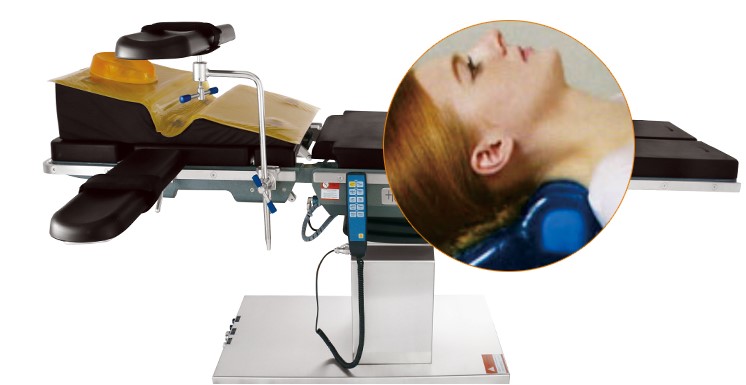
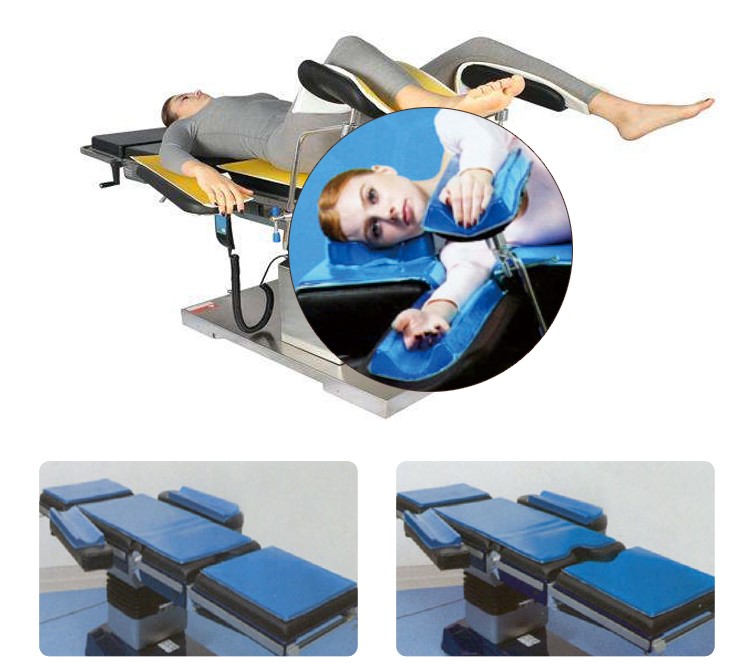
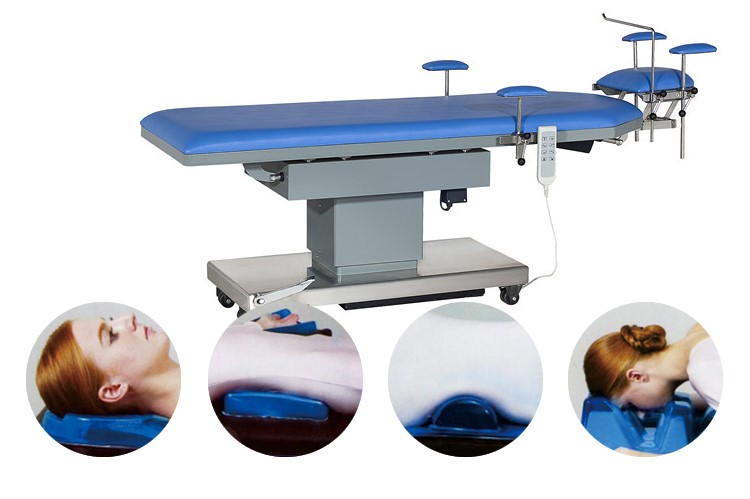
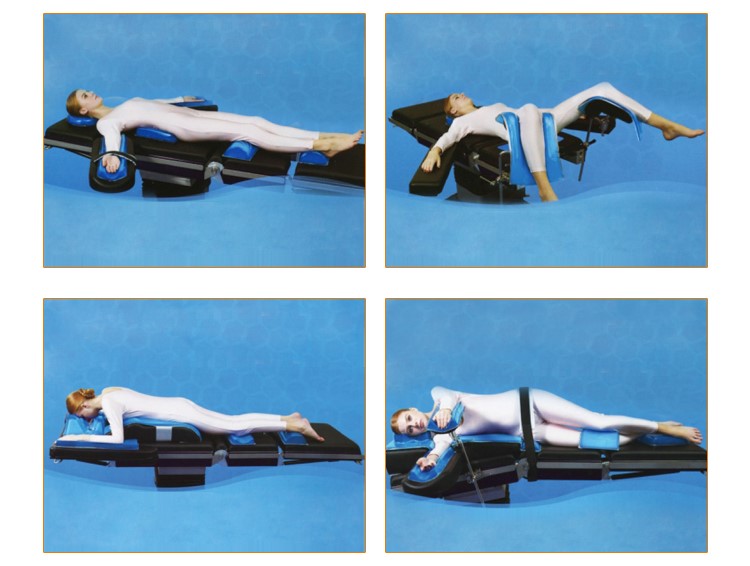
Product parameters
Product Name: Positioner
Material: PU Gel
Definition: It is a medical device which is used in an operating room to protect patient from pressure sores during surgery.
Model: Different positioners are used for different surgical positions
Color: Yellow, blue, green. Other colors and sizes can be customized
Product characteristics: Gel is a kind of high molecular material, with good softness, support, shock absorption and compression resistance, good compatibility with human tissues, X-ray transmission, insulation, non-conductive, easy to clean, convenient to disinfect, and does not support bacterial growth.
Function: Avoid pressure ulcer caused by long operation time
Product characteristics
1. The insulation is non-conductive, easy to clean and disinfect. It does not support bacterial growth and has good temperature resistance. The resistance temperature ranges from -10 ℃ to +50 ℃
2. It provides patients with good, comfortable and stable body position fixation. It maximizes the exposure of the surgical field, reduce the operation time, maximize the dispersion of pressure, and reduce the occurrence of pressure ulcer and nerve damage.
Cautions
1. Do not wash the product. If the surface is dirty, wipe the surface with a wet towel. It can also be cleaned with neutral cleaning spray for better effect.
2. After using the product, please clean the surface of the positioners on time to remove dirt, sweat, urine, etc. The fabric can be stored in a dry place after drying in a cool place. After storage, do not put heavy objects on top of the product.
Ulnar nerve injury
Ulnar nerve injures are quite common and can occur at various sites along its course through the upper limb. The common sites of injury or compression include posterior to the medial epicondyle, the cubital tunnel and Guyon’s canal. Injures to the ulnar nerve are characterized by paresthesia (tingling), numbness and depending on the severity may result in considerable impairment of both motor and sensory functioning in the hand.
The characteristic presentation of an ulnar nerve injury is the “claw hand”. Individuals with this deformity have hyperextension of the metacarpophalangeal joints (due to the lack of innervation to the medial two lumbricals and the unopposed action of the extensors of this joint) and flexion of the interphalangeal joints of 4th and 5th fingers (due to the unopposed action of the flexor digitorum profundus). The severity of this deformity, however, depends on the location of the injury. Higher (proximal) injuries, such as at the elbow, may denervate the ulnar part of flexor digitorum profundus such that the flexed appearance may not be apparent.
Sensory loss following an ulnar nerve injury also depends on the site of injury. This is normally determined by assessing the function of the dorsal cutaneous branch which arises in the distal forearm and supplies the medial side of the dorsum of hand.
Usually, the more proximal a nerve injury, the worse it is. The opposite is true when we consider the ulnar nerve. This is because the flexor digitorum profundus (in the forearm) that flexes the fingers is partially innervated by the nerve. A proximal injury removes innervation to both the forearm muscles and hand muscles. A distal injury, on the other hand, only denervates the hand muscles; hence the still functioning finger flexors give the patient a pronounced clawed appearance in the ring and little fingers. With a proximal injury leading to an open palm, there is more capacity for hand function. This phenomenon is called the ulnar paradox.
Proximal ulnar nerve compression often occurs when a person rests their elbow on the table for a long time, or on a window (for long distance drivers). It can also occur as an athletic injury, particularly in throwing athletes e.g. baseball pitchers, cricketers, and javelin throwers. The rapid movement of the elbow joint from flexion into whip-like extension can results in compression of the nerve.


